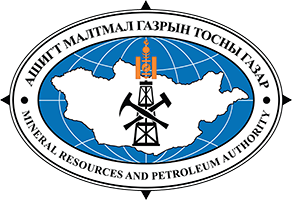Forbes lists: #66 Best Countries for Business

Foreign direct investment in Mongolia's extractive industries – which are based on extensive deposits of copper, gold, coal, molybdenum, fluorspar, uranium, tin, and tungsten - has transformed Mongolia's landlocked economy from its traditional dependence on herding and agriculture. Exports now account for more than half of GDP. Mongolia depends on China for more than 60% of its external trade - China receives some 90% of Mongolia's exports and supplies Mongolia with more than one-third of its imports. Mongolia also relies on Russia for 90% of its energy supplies, leaving it vulnerable to price increases. Remittances from Mongolians working abroad, particularly in South Korea, are significant. Soviet assistance, at its height one-third of GDP, disappeared almost overnight in 1990 and 1991 at the time of the dismantlement of the USSR. The following decade saw Mongolia endure both deep recession, because of political inaction, and natural disasters, as well as strong economic growth, because of market reforms and extensive privatization of the formerly state-run economy.
The country opened a fledgling stock exchange in 1991. Mongolia joined the WTO in 1997 and seeks to expand its participation in regional economic and trade regimes. Growth averaged nearly 9% per year in 2004-08 largely because of high copper prices globally and new gold production. By late 2008, Mongolia was hit by the global financial crisis and Mongolia's real economy contracted 1.3% in 2009. In early 2009, the IMF reached a $236 million Stand-by Arrangement with Mongolia and it emerged from the crisis with a stronger banking sector and better fiscal management. In October 2009, Mongolia passed long-awaited legislation on an investment agreement to develop the Oyu Tolgoi (OT) mine, among the world's largest untapped copper-gold deposits. However, a dispute with foreign investors developing OT called into question the attractiveness of Mongolia as a destination for foreign investment. This caused a severe drop in FDI, and a slowing economy, leading to the dismissal of Prime Minister Altankhuyag in November 2014.
The economy had grown more than 10% per year between 2011 and 2013 - largely on the strength of commodity exports and high government spending - before slowing to 7.8% in 2014 and 2.3% in 2015. The current government has made restoring investor trust and reviving the economy its top priority, but has failed to invigorate the economy in the face of the large drop off in foreign direct investment. Mongolia's economy faces near-term economic risks from the government's loose fiscal and monetary policies, from uncertainties in foreign demand for Mongolian exports, and on Mongolia's ability to access financing. The May 2015 agreement with Rio Tinto to restart the OT mine and the subsequent $4.4 billion finance package signing in December 2015 have served to increase investor confidence but are unlikely to overcome the downward economic pressures in the short term.
https://www.forbes.com/places/mongolia/
